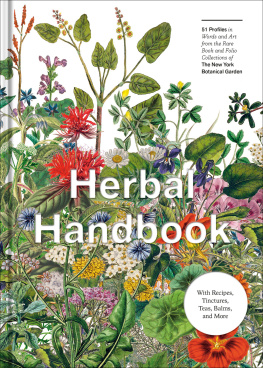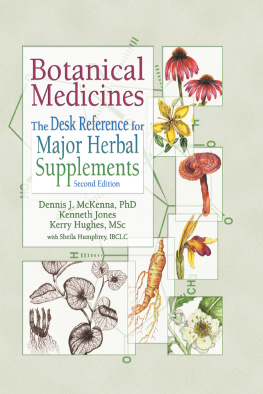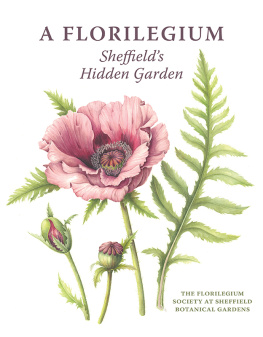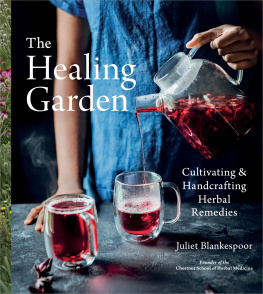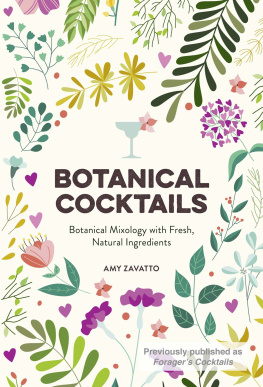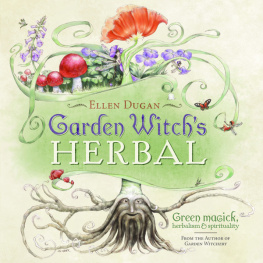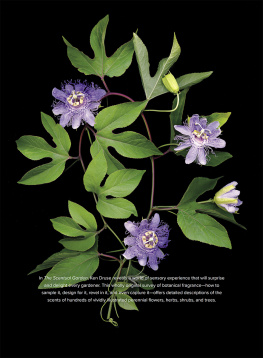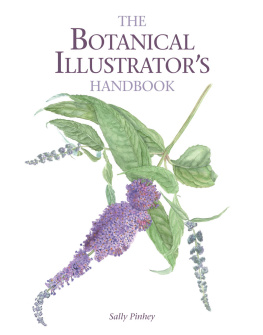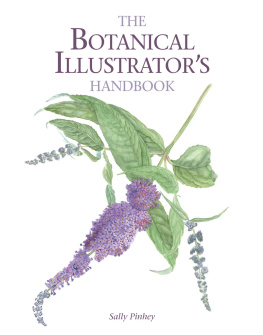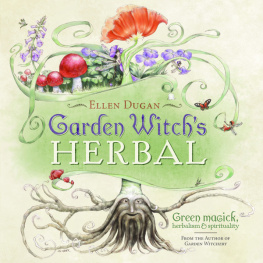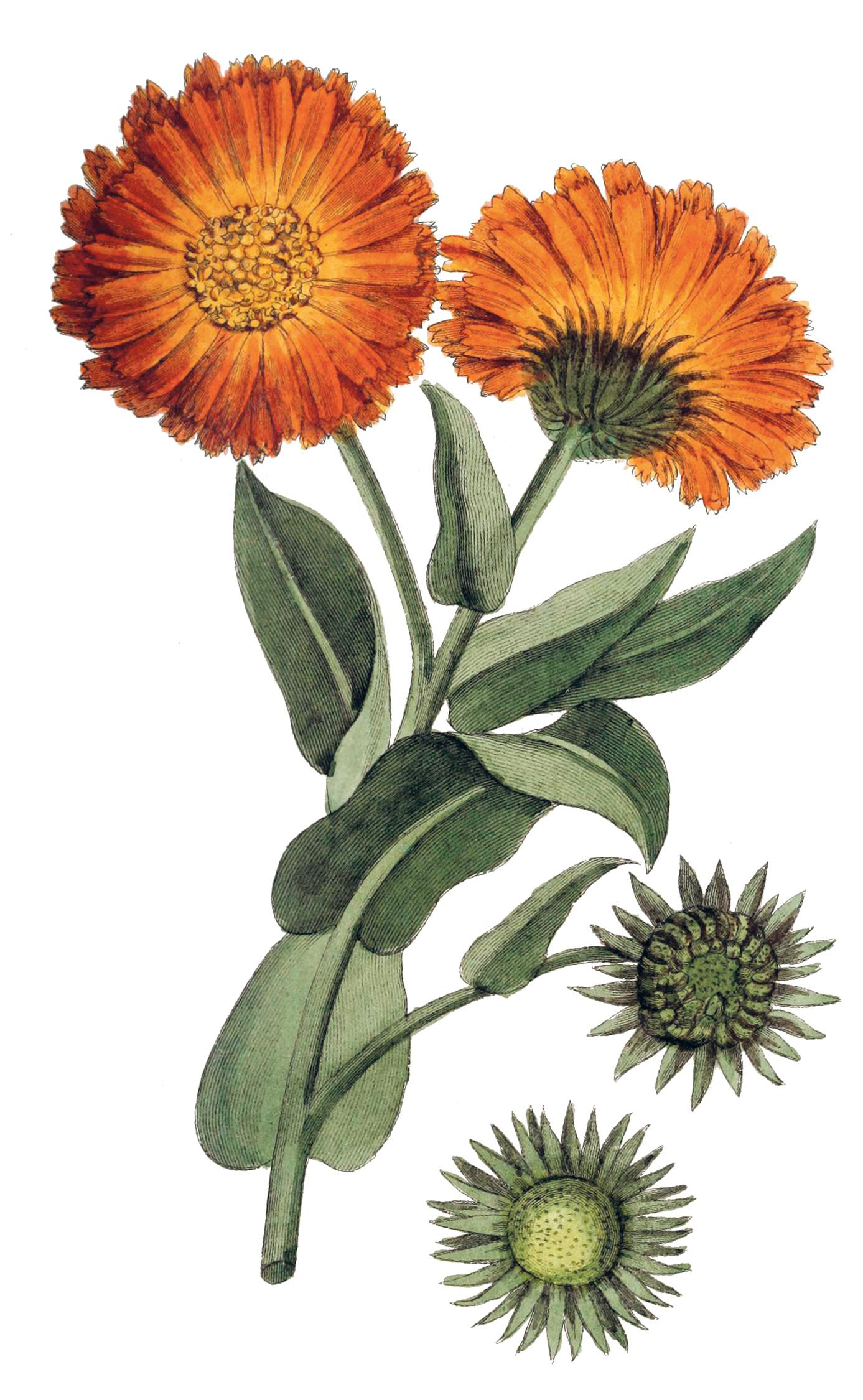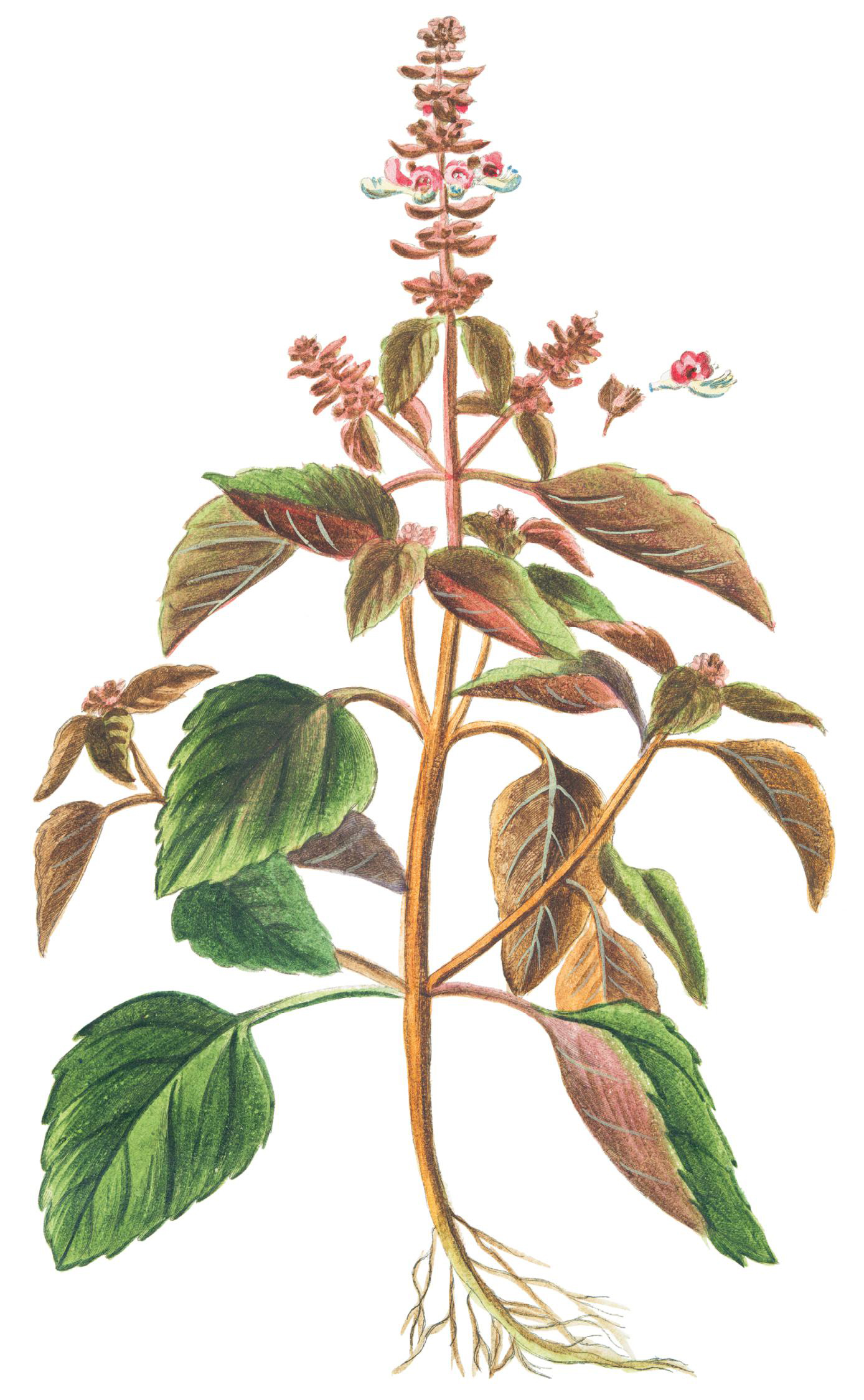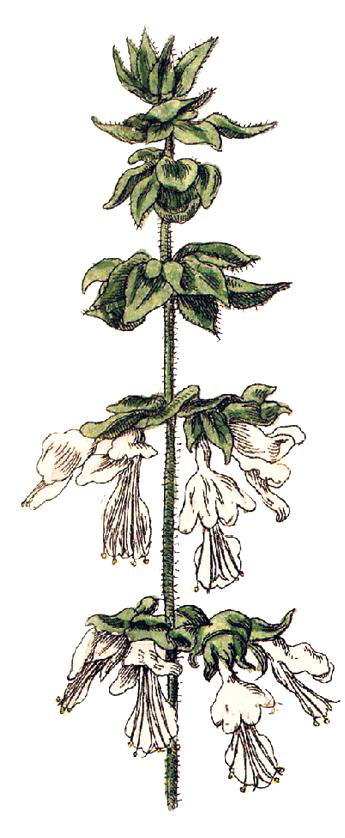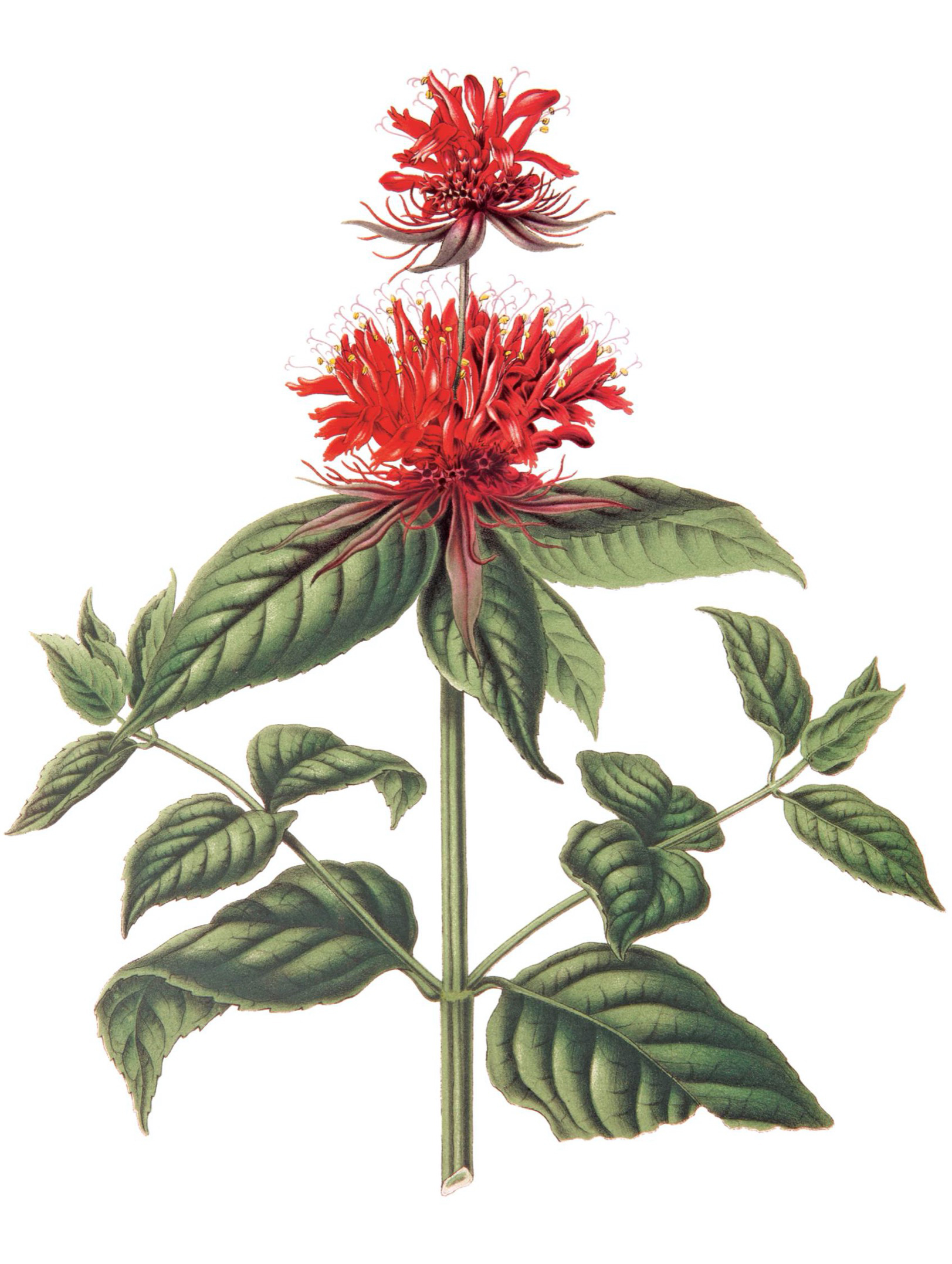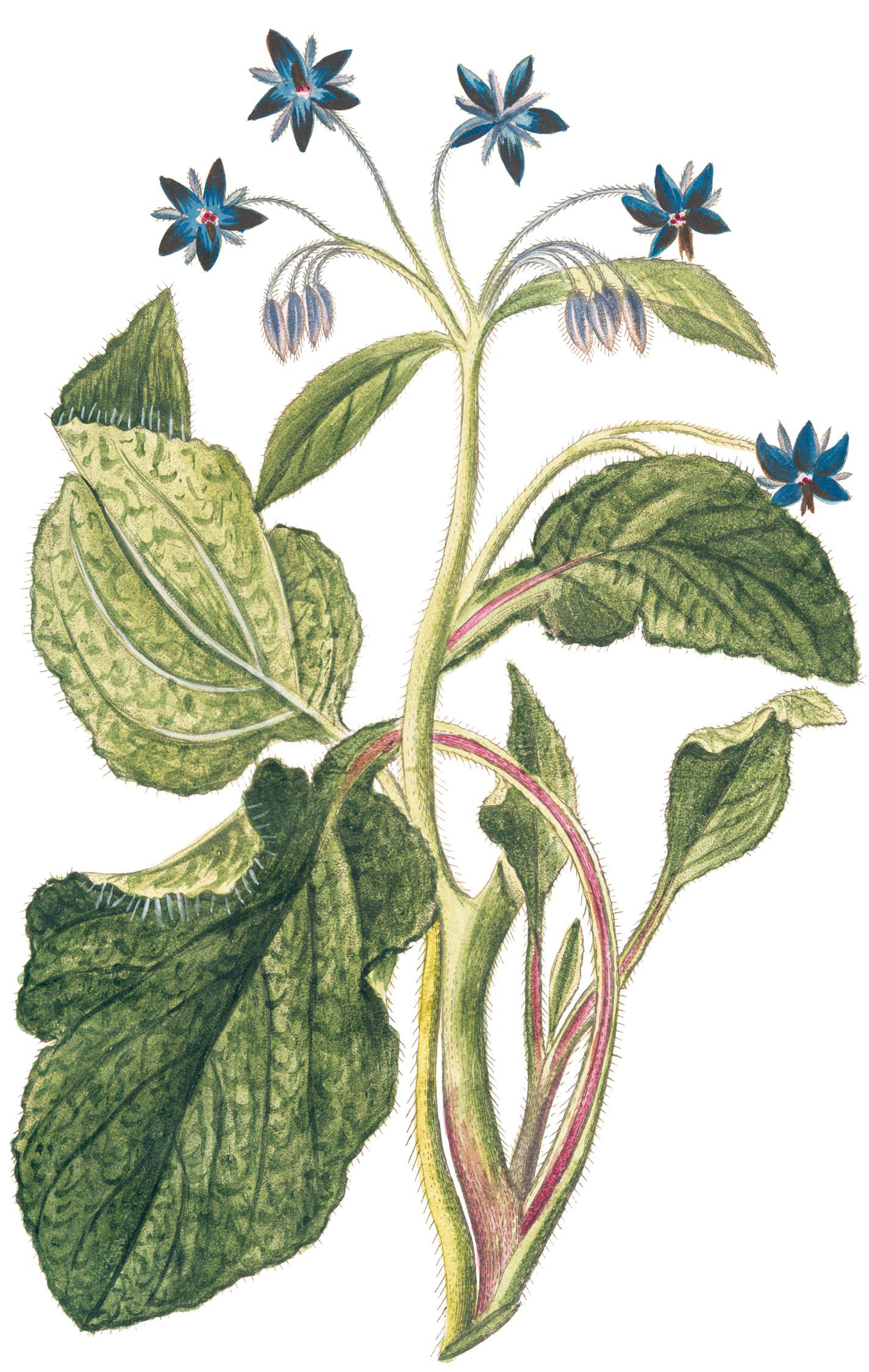Contents
Landmarks
Print Page List
Acknowledgments
Herb profiles written by Rachel Federman
Research provided by Stephen Sinon, William B. OConnor Curator of Special Collections, Research, and Archives at The New York Botanical Garden.
Seasonal Display Cocktail (Borage), Carawrye Cocktail (Caraway), Root and Stem Cocktail (Chicory), Rock and Rye Cocktail (Horehound), Jewel Mix Cocktail (Nasturtium), Long Red Jacket Cocktail (Rhubarb), These Hours are Golden Cocktail (Saffron), and Mai-Wineless Punch (Woodruff) courtesy James Freeman
Calendula Cleanser, Chamomile Eye Therapy Compress, and Yarrow Bath courtesy Andrea Candee, MH, MSC
Minty Bourbon Citrus Cocktail (Spearmint) courtesy Kim Keller
White Bean Soup and Japanese-style White Mustard recipes courtesy Raquel Pelzel
Basil
Ocimum basilicum
N o 1
Basil is in the same family as mint, along with rosemary and lavender. There are more than sixty species of basil. Sweet basil and Thai basil are the two main types, and sweet basil is the most common. Likely native to Asia and Africa, basil represented mourning to the ancient Greeks and was called sileus phuton , kingly herb. Today it is still sometimes called king of herbs. Basil had a mixed reputation in medieval times. Some claimed it could cure scorpion bites. Others thought it was poisonous. In the seventeenth century, Nicholas Culpeper said it had a virulent quality. At various points in history, it was called a devils plant. It is still associated with scorpions and the astrological sign Scorpio. Flowers are typically white.
In the Victorian language of flowers, basil signifies hatred.
To Grow
Basil grows easily in full sun and moist, well-drained soil. It can be sown indoors and transplanted outdoors or continue to be grown in containers indoors. Transplant seedlings from indoors after danger of frost has ended. Spread out so they are separated by at least 1 foot. Harvest in early morning. Produces leaves throughout the growing season. Use fresh or preserve in oil in the refrigerator.
Usage
A favorite in Italian cuisine, basil is perhaps best known for its role in pesto. Combined with pine nuts, Parmesan cheese, garlic, and oil, it makes mouthwatering sauce, commonly served on pasta. It is also an essential ingredient in the Italian caprese salad, complemented by mozzarella and tomato. It can be combined with strawberries and a drizzle of sticky balsamic vinegar for a unique take on shortcake dessert.
Tomato Basil Pesto
Tomatoes and basil are a marriage made in heaven. Use on roasted vegetables, pasta, or bulgur as a refreshing substitute for tomato sauce.
yield
Makes 2 cups pesto
clove garlic
cherry tomatoes
cup pine nuts
cup grated Parmesan cheese
cup good olive oil
cups tightly packed basil leaves
Salt to taste
In a food processor, combine all ingredients except except the basil and pulse until smooth. When well combined, add the basil and pulse to incorporate.
Bergamot
Monarda didyma
N o 2
A perennial native to North America, bergamot is also called bee balm, high balm, low balm, mountain balm, Oswego tea, horsemint, wild bergamot, and mountain mint. The Oswego tribe made a drink with the red variety of bergamot ( Monarda didyma ). When the colonists boycotted British tea, they turned to the bergamot drink made by native people as an alternative. The Iroquois and Tewa tribes also valued the herbaceous plants.
The genus name honors Spanish botanist Nicols Monardes, who identified the plant in the sixteenth century. Its citrusy fragrance resembles that of the bergamot orange fruit (Citrus bergamia), which is mainly grown in Italy and used in Earl Grey tea. But the herb bergamot is not an ingredient in the tea. Flowers depend on the variety, ranging from pink to lavender to a brilliant red in the scarlet variety. A lovely addition to a cottage garden.
Bee Balm symbolizes good health, protection from illness, and prosperity.
To Grow
Grow bergamot in full sun to partial shade, in well-drained soil. It tolerates a wide range of soils and will reach 2 to 4 feet. Pinching blooms will lengthen the summer flowering season. Be careful not to overwater because it is prone to mildew. Harvest leaves before flowering, and harvest the flowers immediately after they bloom.
Usage
Both leaves and petals can be used to flavor and garnish lemonades, punches, wines, and jellies. Try flowers as garnish for sangria. Leaves can be added to salads, herb butters, and vegetable dishes. Bergamot pairs well with mint and can be enjoyed on fruit, especially strawberries. It is sometimes added to fish and seafood. It is valued in aromatherapy and its dried leaves make a nice addition to potpourri and sachets. It is used as a balm for bee stings, hence the nickname bee balm. When grown as an ornamental plant it attracts hummingbirds, bees, and butterflies.
Bergamot Iced Tea
yield
Makes 2 cups iced tea
fresh bergamot leaves (picked in early morning, when the oils are strongest)
teaspoon sugar or to taste
cups water
Place bergamot leaves in a medium-size heatproof bowl. Sprinkle the sugar over them.
Bring the water to a boil. Pour over the leaves and steep for several hours. Strain into a heatproof jar and chill. To serve, pour over ice.
Note: If the bergamot alone is too strong, mix with the same amount of another brewed tea of your choice.
Borage
Borage officinalis
N o 3
Native to the Mediterranean, this self-seeding annual is also called bee bread or star flower (sometimes written as one wordstarflower). Bugloss is also very common. The star-shaped flowers are sky blue and hang in drooping clusters; the leaves are gray-green. The plant has a smell and taste reminiscent of cucumber. Both leaves and stalks have a bristly fuzz that helps shield the plant from insects.
In the first century AD, Greek physician Pedanius Dioscorides mentioned a comforting drink made from borage. The Greeks made medicinal infusions from the herb, and Roman naturalist Pliny the Elder suggested it for curing hiccups. He authored the most extensive work on the natural world to have survived from ancient times. According to Pliny the Elder, borage was known as a euphorosinum, a plant that elicits a feeling of euphoria. The herb was valued by the Romans, who mixed both the flowers and leaves into wine. Some say nepenthe, the drug referenced by Homer, was this self-seeding herb, which leads to memory loss when steeped in wine. The Welsh name, Ilanwenlys, means herb of gladness.
In the Victorian language of flowers, borage stands for bluntness.
To Grow
Reaching 2 to 3 feet, borage grows easily from seed. Choose a location with full sun, and be sure to keep soil moist and well drained. Harvest leaves at any time. Theyre best consumed fresh, as dried versions lose flavor. The flowers can be harvested and enjoyed fresh as well.

